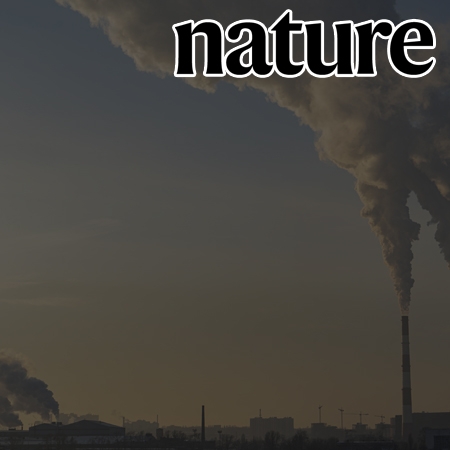Research Research Highlights
Research Highlights
Research Highlights
Research Highlights
Research Highlights 미리보기
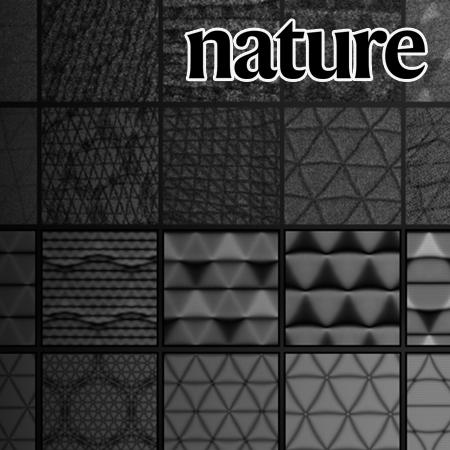
Professor Hyobin Yoo’s Research Team at SNU Develops 2D Quantum Material Platform Using Moiré Lattice Superposition
Prof. Hyobin Yoo
Seoul National University College of Engineering has announced that a joint research team led by Professor Hyobin Yoo from the Department of Materials Science and Engineering, in collaboration with Professor Young-Woo Son (Korea Institute for Advanced Study) and Professor Changwon Park (Ewha Womans University), has successfully developed a two-dimensional (2D) quantum material platform through the superposition of moiré lattices.
Research Highlights Board
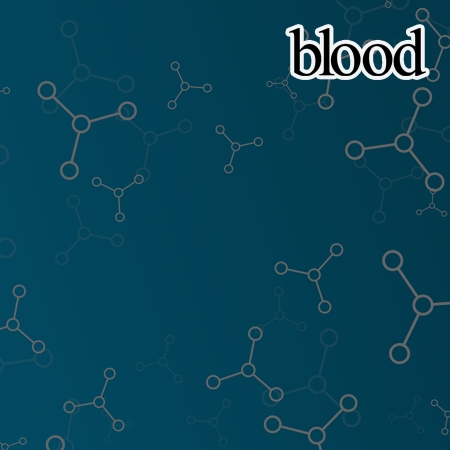
Macaque Clonal Hematopoiesis Model Demonstrates Expansion of TET2-Disrupted Clones and Utility for Testing Interventions
Prof. Kyung-Rok Yu
Individuals with age-related clonal hematopoiesis (CH) are at greater risk for hematologic malignancies and cardiovascular diseases. However, predictive preclinical animal models to recapitulate the spectrum of human CH are lacking.

Graphene-Based Intrinsically Stretchable 2D-Contact Electrodes for Highly Efficient Organic Light-Emitting Diodes
Prof. Tae-Woo Lee
Intrinsically stretchable organic light-emitting diodes (ISOLEDs) are becoming essential components of wearable electronics. However, the efficiencies of ISOLEDs have been highly inferior compared with their rigid counterparts, which is due to the lack of ideal stretchable electrode materials that can overcome the poor charge injection at 1D metallic nanowire/organic interfaces.
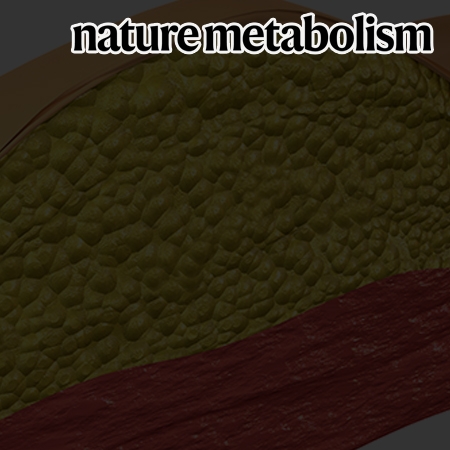
Targeted erasing of DNA methylation by TET3 drives adipogenic reprogramming and differentiation
Prof. Jae Bum Kim
DNA methylation is a crucial epigenetic modification in the establishment of cell-type-specific characteristics. However, how DNA methylation is selectively reprogrammed at adipocyte-specific loci during adipogenesis remains unclear.
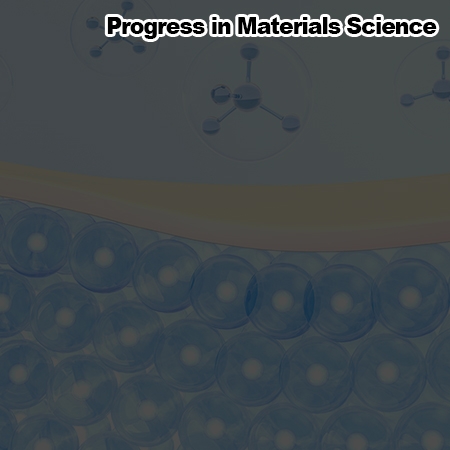
Essential cues of engineered polymeric materials regulating gene transfer pathways
Prof. Cheol-Heui Yun & Prof. Chong-Su Cho
Regulating cellular uptake pathways using engineered materials is becoming a vital strategy for efficient gene transfer because the success of gene delivery most often relies on the uptake mechanism and the intracellular fate of the delivery vectors.

MSD2-mediated ROS metabolism fine-tunes the timing of floral organ abscission in Arabidopsis
Prof. Yuree Lee
The timely removal of end-of-purpose flowering organs is as essential for reproduction and plant survival as timely flowering. Despite much progress in understanding the molecular mechanisms of floral organ abscission, little is known about how various environmental factors are integrated into developmental programmes that determine the timing of abscission.

Admixture of divergent genomes facilitates hybridization across species in the family Brassicaceae
Prof. Jin Hoe Huh
Hybridization and polyploidization are pivotal to plant evolution. Genetic crosses between distantly related species are rare in nature due to reproductive barriers but how such hurdles can be overcome is largely unknown.
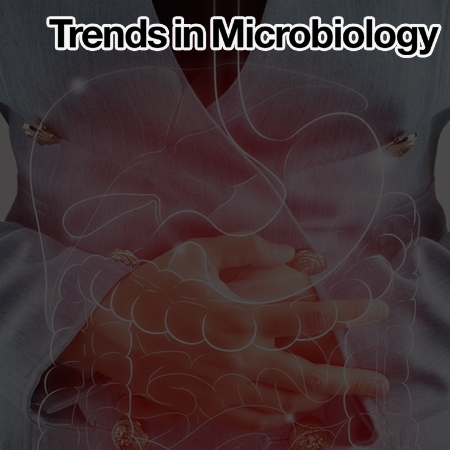
Complex regulatory networks of virulence factors in Vibrio vulnificus
Prof. Sang Ho Choi
Vibrio vulnificus produces various virulence factors that enhance its fitness in changing environments as well as host cell-damaging activities and inflammatory responses during infection.
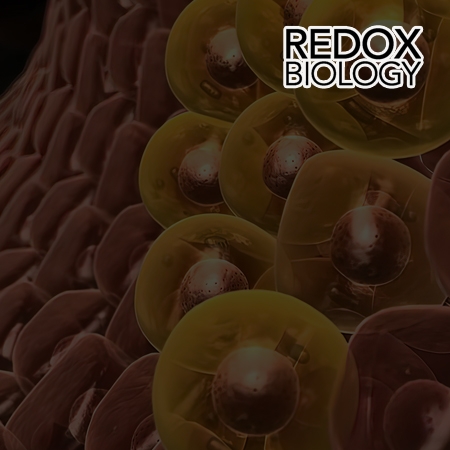
CXCL5 inhibits excessive oxidative stress by regulating white adipocyte differentiation
Prof. Je-Yoel Cho
Chemokines have been well-documented as a major factor in immune cell migration and the regulation of immune responses.
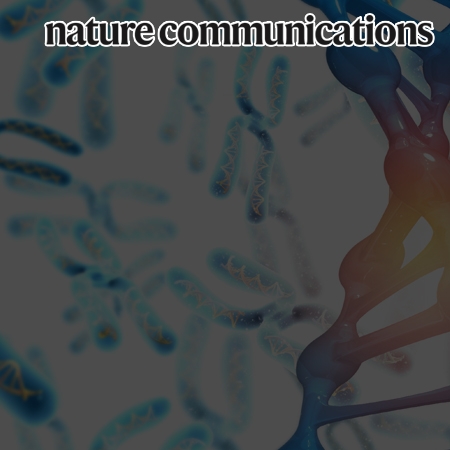
Dynamic interaction of BRCA2 with telomeric G-quadruplexes underlies telomere replication homeostasis
Prof. Hyunsook Lee & Prof. Seong Keun Kim
BRCA2-deficient cells precipitate telomere shortening upon collapse of stalled replication forks. Here, we report that the dynamic interaction between BRCA2 and telomeric G-quadruplex (G4), the non-canonical four-stranded secondary structure, underlies telomere replication homeostasis.
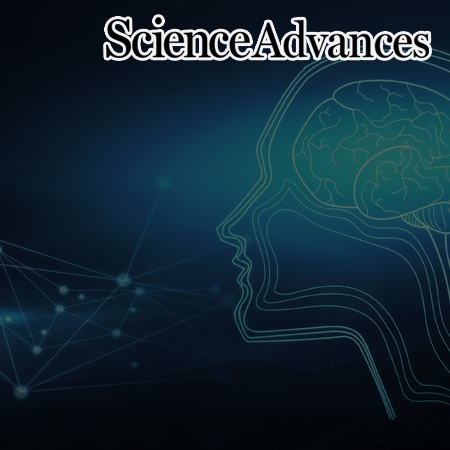
Digital selective transformation and patterning of highly conductive hydrogel bioelectronics by laser-induced phase separation
Prof. Seung Hwan Ko
The patterning of poly(3,4-ethylenedioxythiophene):poly(styrene sulfonate) (PEDOT:PSS) hydrogels with excellent electrical property and spatial resolution is a challenge for bioelectronic applications.
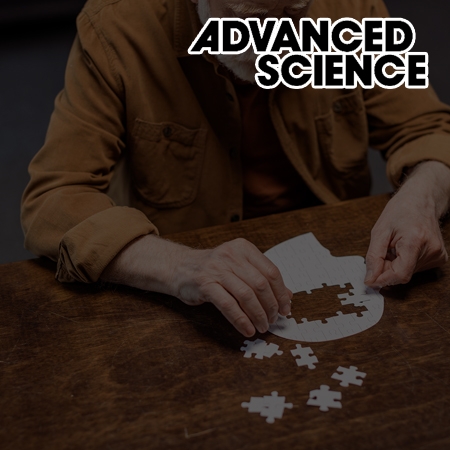
Multi-omics-based autophagy-related untypical subtypes in patients with cerebral amyloid pathology
Prof. Inhee Mook
Recent multi-omics analyses paved the way for a comprehensive understanding of pathological processes. However, only few studies have explored Alzheimer’s disease (AD) despite the possibility of biological subtypes within these patients. For this study, unsupervised classification of four datasets (genetics, miRNA transcriptomics, proteomics, and blood-based biomarkers) using Multi-Omics Factor Analysis+ (MOFA+),


